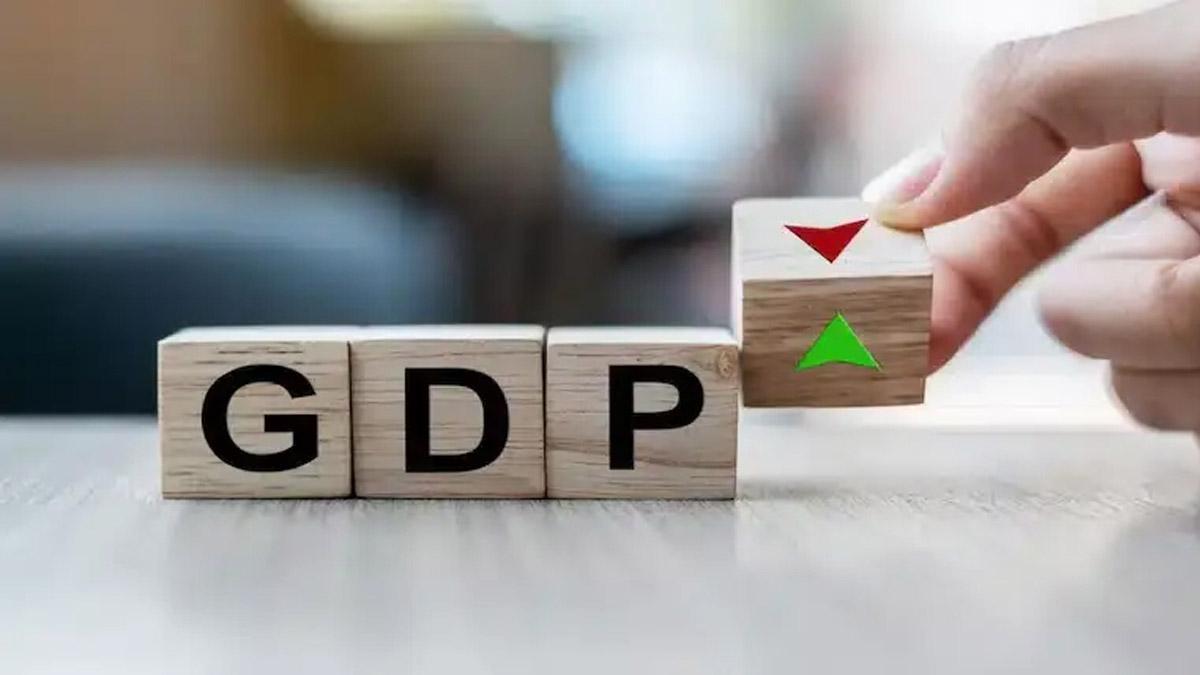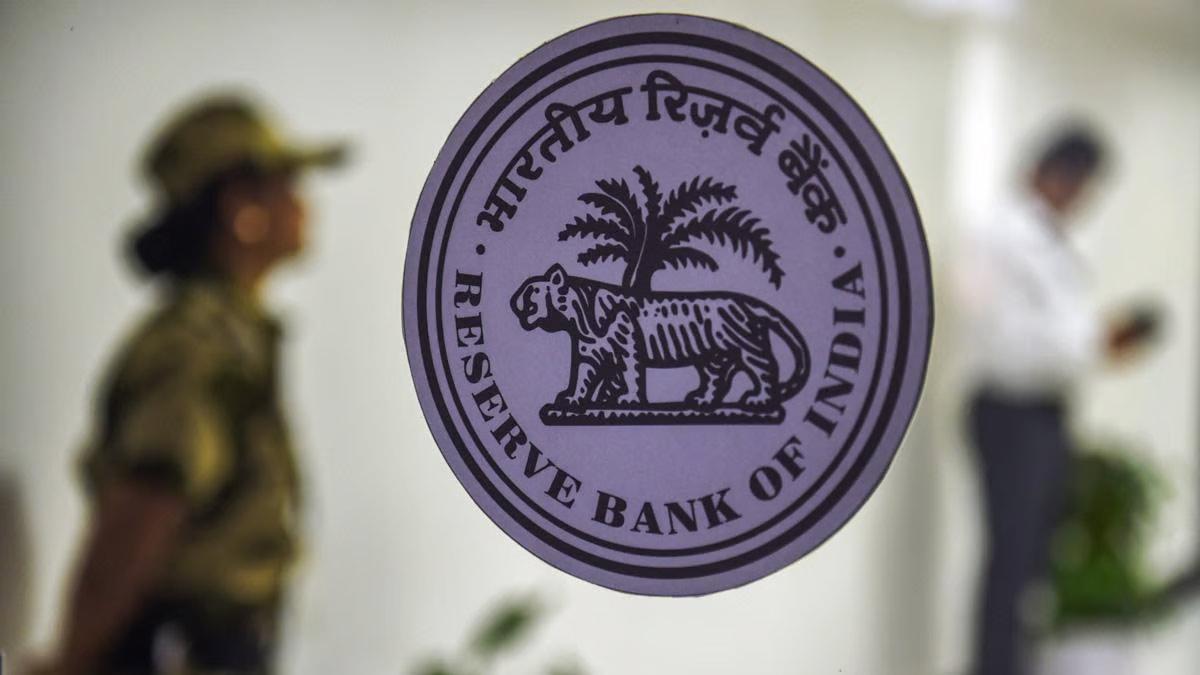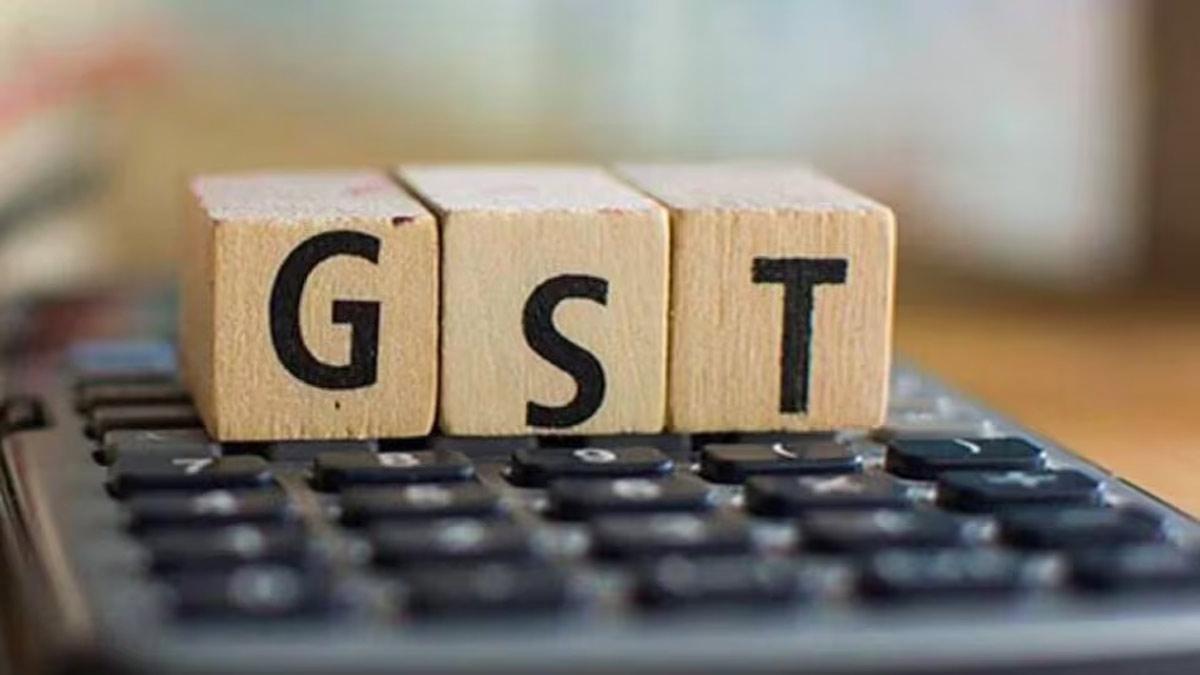The extra revenue from higher RBI dividend is expected to partly offset possible shortfalls in tax collections and nominal GDP growth, a report said on Monday. It added that with big support from the strong RBI dividend, overall system liquidity is likely to improve even further.
This is the third consecutive year in which the actual dividend has exceeded the initially budgeted figure, yielding an additional fiscal stimulus of 0.15 percent of GDP.
Therefore, "we keep FY26 gross fiscal deficit to GDP (FD/GDP) target at 4.4 percent, as per the budget estimate," stated the report by Emkay Global Financial Services.
The report also forecasted, “We expect Q1 FY26E to experience a super surplus liquidity scenario (with June projected to track Rs 4-4.5 trillion), driven by a high RBI dividend of Rs 2.68 trillion and a sharp seasonal reduction in currency in circulation (CIC), coupled with RBI’s open market operations (OMOs).”
For FY25, the RBI announced a record dividend transfer of Rs 2.68 trillion to the Centre, which is about 28 percent more than the assumed Rs 2.1 trillion figure used in the FY26 Union Budget.
While the annual report, which will illuminate specifics of detailed balance sheet numbers, is yet to be released, "we believe this bumper dividend is most likely driven by high gross foreign exchange sales of $398 billion in FY25 versus $153 billion last year.". This jump amplified foreign exchange receipts, expanded interest income on government securities, and reduced provisioning for losses due to revaluation of assets, benefiting from potential mark-to-market (MTM) gains on foreign as well as domestic asset portfolios," the report added.
These considerations have also enabled the RBI to raise the range of the contingent risk buffer (CRB) while keeping provisioning at the upper limit of the revised band (7.5 percent).
The report added, "We continue to estimate that the terminal policy rate could be 5.25 percent, whereas system liquidity continues to be expected to close FY26 with a surplus of 0.9 to 1.1 percent of Net Demand and Time Liabilities (NDTL)."
It also pointed out that strengthening of transmission mechanisms is likely to provide better transmission of benefits to the real sector.
We forecast the 10-year government bond yield to soften to 6.0 percent by calendar year-end 2025, and the risk of a bull steepening bias gaining influence in the near term," it concluded.
Read also| India's PC Market Sustains Momentum with 8.1% Growth in Q1 2025
Read also| India Overtakes Japan to Secure Fourth Position in Global Economy: NITI Aayog CEO


















